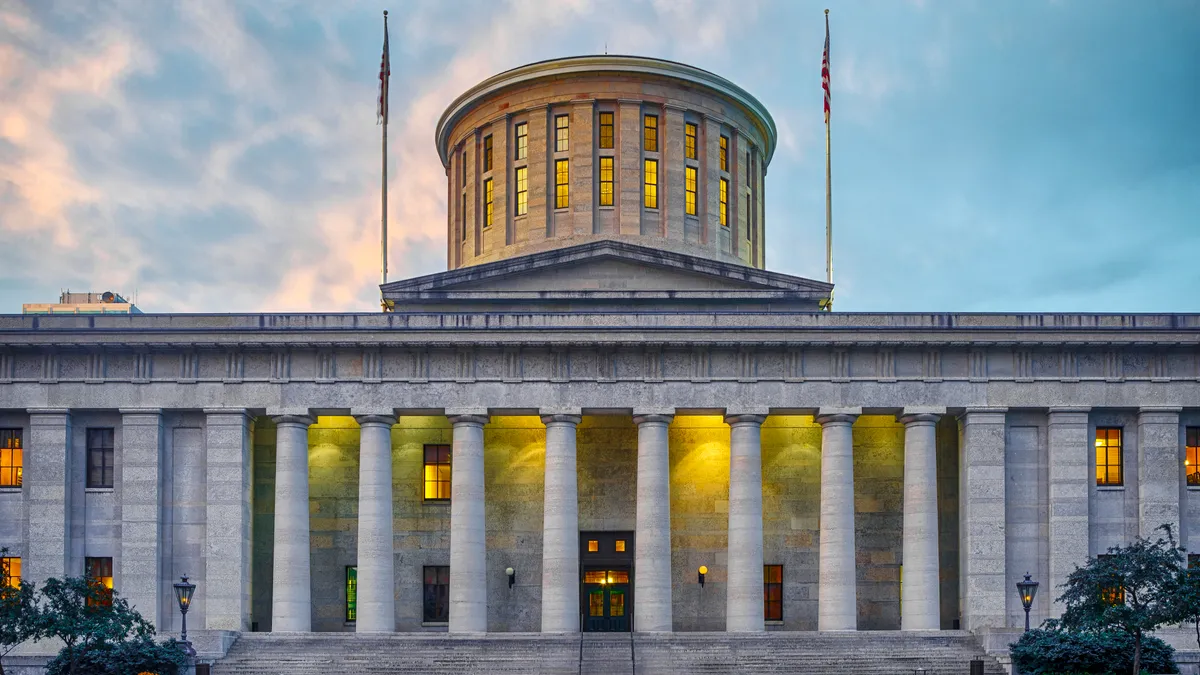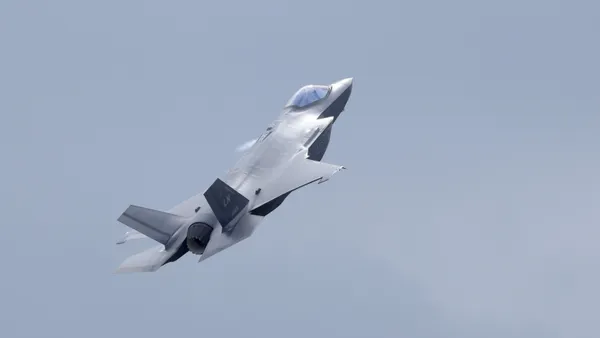Executives must “avoid failures of imagination” and prepare to deal with unexpected fallout from levies, a PwC trade expert said.
President Donald Trump’s aggressive tariff stance and his April 2 levy barrage — which imposed, before later pausing, a 10% tariff on nearly all countries’ imports except China — has routed markets and shaken up global economic playbooks.
PwC estimates the total annual value of imposed and potential U.S. tariffs levied could jump 13-fold to $989 billion from pre-election levels. At the same time, the projected average tariff rate on imports into the U.S. could jump to 32% from 2.5% under the proposed measures, according to a new analysis from PwC modeled April 15.
The projections are “pretty staggering,” said Chris Desmond, customs and international trade principal at PwC, during a Tuesday webinar hosted by the Big Four accounting and consulting firm on tariffs. “When you think about it's like, [the] two and a half percent rate we had before [is] going to jump to 32% and there's certain industries that…are going to get hit harder than others.”
Advice on ‘no-regret’ protective moves
Despite the ongoing uncertainty, executives on the call said companies need to be proactive about mitigating the potential impact, including by scenario planning and pursuing “no regret” measures, which are protective actions companies can take regardless of how tariffs or other policies evolve.
Desmond said these steps include reducing duties through what is known as a “First Sale for Export” strategy, where importers pay duty based on the first sale between the foreign manufacturer and the middleman, rather than on the typically higher price the importer pays the middleman.
Companies should also consider whether their firms are eligible for a U.S. Customs and Border Protection program called duty drawback, which offers refunds for certain duties, taxes and fees paid on imported goods that are later exported or destroyed. In addition, finance leaders could also look at transfer pricing adjustments, which might allow them to reduce the declared value of goods when purchased from related entities.
With regard to broader scenario planning, companies should look to deploy dynamic models, which are flexible and data-driven and can be adapted to suit various sets of circumstances, Desmond noted. In developing any models, organizations need to reconcile disparate data sources, said Michelle Horton, cyber, risk and regulatory principal at PwC.
The goal is to bring together the different datasets from your ERPs, commercial information, even industry information, or third-party datasets, and be able to model different moves, according to Horton. “Whether it's tariff rates increasing or moving a supply base or onshoring, [it’s about] being able to show what that impact is, and being able to see it across multiple variables,” she said.
Resurrecting the ‘gray rhino’
In risk planning, companies should map out what the key risks are, including gray rhinos, which are highly likely but ignored threats. The business risk metaphor was the subject of a 2016 book, The Gray Rhino, by Michele Wucker. In a CFA Institute blog, Wucker asserted that rhinos are the triggers behind the crisis events, or so-called unanticipated black swans, like the 2008 Financial Crisis.
Examples could include the U.S. government moves that might prohibit sourcing from a particular country, or prohibitions on investment in certain geographies. Companies also ought to be on guard and prepared to deal with the fallout from rising tension between the U.S. and trading partners, said Craig Stronberg, a senior director on PwC’s intelligence team.
“Avoid failures of imagination — we’re living in an era where it’s no longer acceptable for CEOs to say, ‘That can’t happen,’ or, ‘They’re never going to do that,” he said. “We are sort of pushing the boundaries of the map.”












